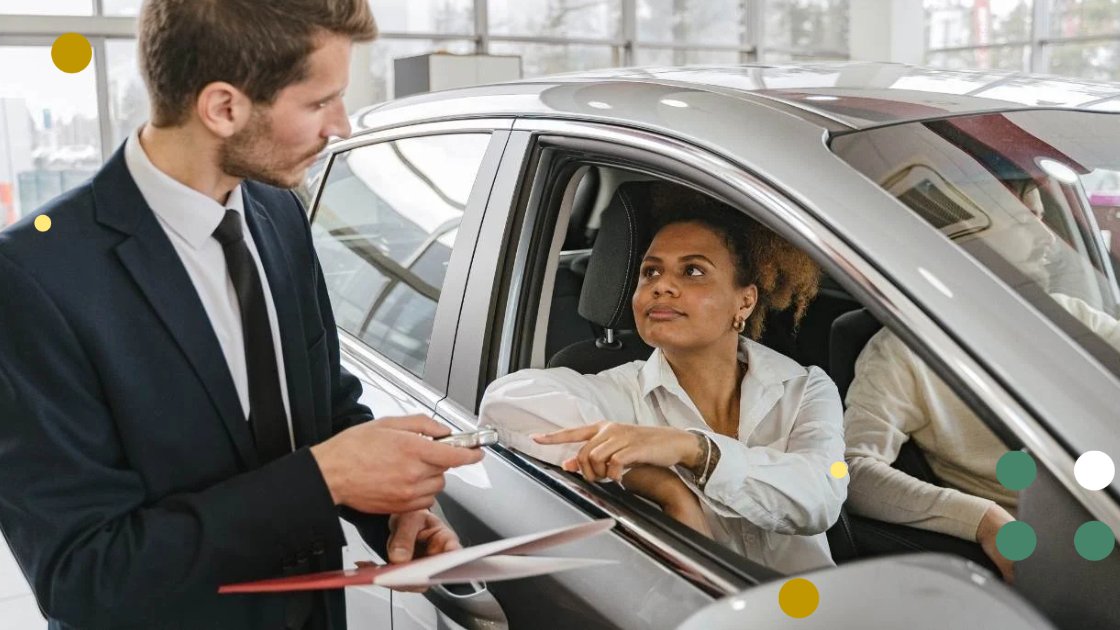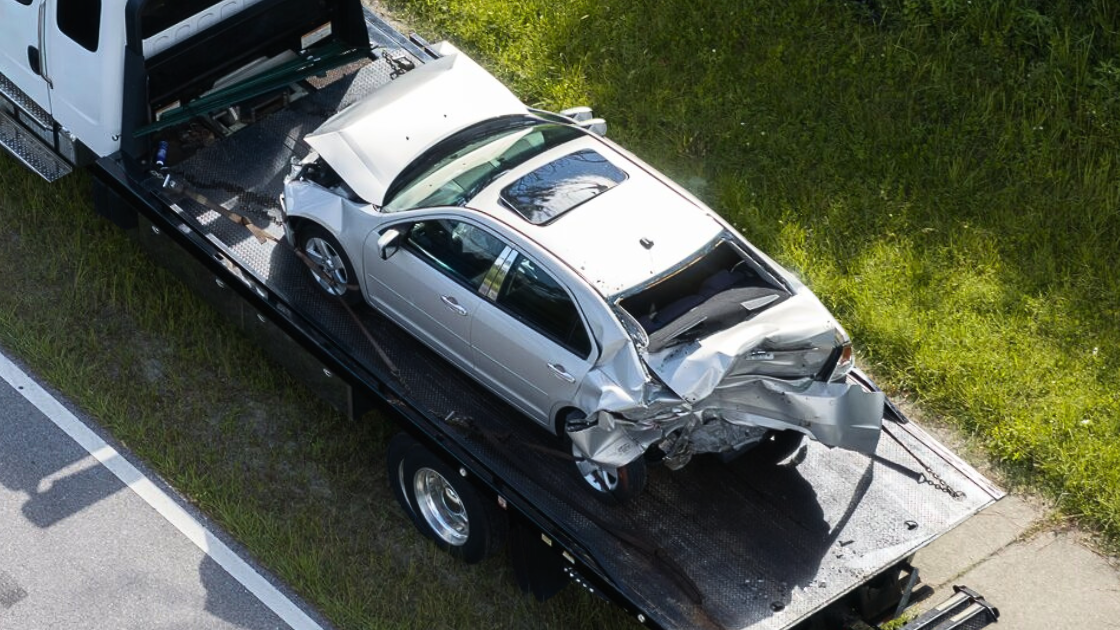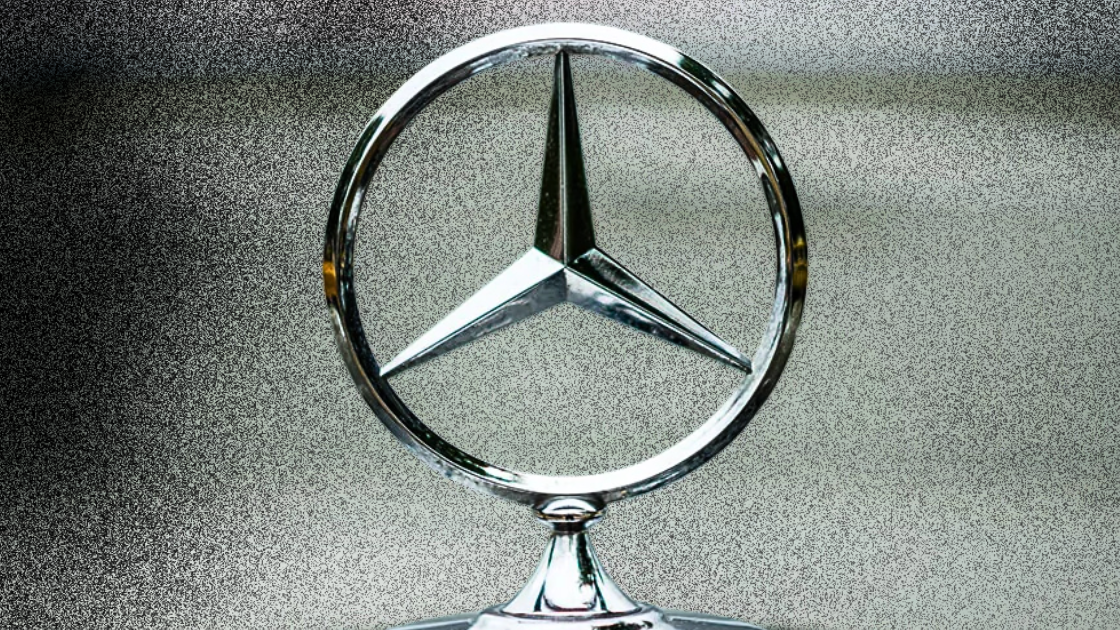Hey, everyone — I’m super pumped to announce the launch of the Daily Dealer — your go-to source for quick, daily auto industry insights delivered in audio format on the new CDG Bites Podcast channel.
The best part? Each episode is under 5 minutes. Perfect for listening during your commute, while brushing your teeth, during lunch… whenever.
—CDG
First time reading the CDG Newsletter? Subscribe here.

Last week, I shared seven key lessons from the Car Dealership Guy Podcast, packed with strategies to help dealerships excel in 2025. But the story doesn’t end there.
This week, I’m diving into part two — uncovering more actionable insights from top performers in the business.
Let’s kick it off with a fresh perspective on dealership profitability…
How to diversify dealership profit centers
A lot of the dealers I speak to on a regular basis are looking to expand their footprints with more dealership acquisitions. But Rick Ricart, President of Ricart Automotive is hedging his bets on markets like powersports and car customization.
“There’s not a proven path that franchise car dealerships are gonna look the same in 50 years. I mean, we almost all know it's gonna dramatically change. We're not sure what that's gonna look like. We have to be prepared.”
Rick explains that there is a lot of customer overlap in these markets. And less price-sensitive customers from their book of business that are more “lifestyle-oriented,” are gravitating toward less commoditized products.
Lesson #1: By setting themselves apart from nearby dealerships with the same inventory, Ricart Automotive is carving out niches in the car business to freshen up its revenue streams and make the dealer group essential to customers.
But first things first — dealers have to nail the basics…
How to turn around a failing dealership
In 2008, Raul Gomila took over City Kia, one of the worst-performing dealerships in Florida. It was losing $1 million annually, but within 12 months — despite the Great Recession — the store turned a profit in three key steps:
Step 1: Raul gave all employees 90 days to adapt to the cultural reset. Not everyone made the cut — and Raul prioritized employees who could adapt to his vision of accountability and high performance.
Step 2: He implemented standardized structural workflows for everything from how sales staff presented deals to how managers intervened during negotiations.
Step 3: Every team member consistently undergoes hands-on training, including one-on-one interactions and weekly workshops hosted by the nation’s top trainers.
Lesson #2: Dealers like Raul are continually digging into the root causes of any operational or cultural dysfunction. His preferred method? Holding “focus groups” where employees have a forum to voice their pain points and potential solutions.
But keeping staff around for the long haul is challenging in itself…
How to retain top dealership talent
At Carter Myers Automotive (CMA), CEO Liza Borches doesn’t just recruit employees — she makes them owners. CMA’s Employee Stock Ownership Plan (ESOP) gives every associate a percentage of the company’s net profit, based on their income and tenure — pretty unique for a dealer group.
And for employees who stay 10+ years, the payouts are substantial — encouraging employees to stick it out for the long-haul. One technician started at CMA at age 18 and retired at 59 later with $1.3 million in equity.

“It’s a win for everyone. We have owners' meetings every April, where we announce our stock price, and every person in the company gets a copy of their stock certificate.”
Lesson #3: As every employee understands their financial stake is tied to the group’s overall success — they become much more aware of their individual impact and are incentivized to work together.
Especially as competition continues heating up…
How to compete in a saturated market
Matthew Haiken is the President of Prestige Collection Auto Group, which owns four dealerships, including a Polestar showroom and one of the top five Volvo stores in the U.S.
Not an easy feat right outside New York City — one of the most saturated markets in the country.
However, Matthew has an edge. For nearly 20 years his store has offered free pickup and delivery services, long before they were industry standard. He also made loaner cars available to every customer no matter what — earning him a reputation in the area for “going the extra mile.”
But to execute these experiences, Matthew says it comes down to having the right people in the right roles.
“I can't be everywhere. It's impossible. And for me, it was really just getting the absolute best people and letting them flourish and develop.”
Lesson #4: Stores that excel do so because of their exceptional teams and the depth of their talent bench. And promoting from within, like Matthew, could create a pipeline of leaders who intimately understand the business from the ground up.
Just like dealership talent — operations also demand a clear focus…
How to scale a used car dealer group
Joel Bassam, President of Easterns Automotive Group (mostly independent dealerships), has centralized all operational functions at a 200,000-square-foot hub in Virginia. This facility handles everything from reconditioning and logistics to repairs and service, allowing the group’s retail locations — branded as delivery centers — to focus exclusively on sales.

“This facility has all of the brains and back of house operations that you'd find at a traditional dealership.”
The hub can put out 50 retail ready cars a day which get distributed to all of Easterns’ retail locations. And it doesn't actually really matter where they go because the group operates on a single website, with a single inventory, and a single shopping experience for consumers.
Lesson #5: This “hub-and-spoke model” allows dealers like Joel to open new storefronts without duplicating costly back-office operations, keeping fixed costs low while maximizing throughput.
But the engine driving the used car market? Wholesale…
How to build a thriving used car wholesaling business
Robert Hollenshead, founder of RHA Auto Sales, has sold over $45 billion in used cars to dealers through auction lanes. His strategy? Build a marketplace where competition drives up prices.
"You don’t sell cars piecemeal. You create an environment where buyers compete — and you win.”
Lesson #6: By grouping similar vehicles in auction lanes — what Robert calls “critical mass alignment” — he ensures every car attracts the right buyers. This approach minimizes confusion, encourages head-to-head bidding, and creates a perception of scarcity, all of which push prices higher.
But wholesale or no — success in the used car business often comes down to mastering the mechanics…
How to run a buy-here-pay-here business
Jeff Watson, owner of 4 Seasons Auto, uses a dual-entity structure to optimize his buy-here-pay-here (BHPH) business.

Here’s how it works:
The dealership sells loan contracts to its sister finance company at a 20–30% discount. This provides immediate cash flow to the dealership while accounting for potential defaults.
Then, the finance company defers recognizing income until payments are collected, reducing upfront tax liabilities and aligning taxes with actual cash inflows.
And the finance company handles collections, allowing the dealership to focus on selling vehicles without tying up resources in long-term receivables.
Lesson #7: This structure can allow dealers to maintain liquidity and reinvest in inventory while the finance company builds long-term profitability.
Bottom line — there’s more than one playbook to be successful in the car business…
Hit Reply to this email to let me know the strategies you’re deploying in 2025. We may include them in a follow-up newsletter.
Tired of brokers overcharging and slow shipping?
Auto Hauler Exchange is connecting shippers and carriers directly on our online marketplace — no brokers allowed. With 5,000+ vetted carriers, dealers can move vehicles faster and explore new markets. On average, it takes just 5 days from listing to delivery. Don't know how long your vehicles are taking to ship? That’s another reason to try Auto Hauler Exchange.
Get analytics and reporting to better understand your costs and timelines. Best of all, it’s free to list your vehicles, with a transparent fee for shipping — no hidden costs.
Ready to speed up your shipping? Contact the Auto Hauler Exchange team to set up your shipper account today!

How car dealers are cracking the "customer retention" code
From the stock market to the car market: Lessons on scaling a 13-rooftop auto group
Car Dealership Guy gets grilled by his toughest critics yet – his own staff
Three opportunities hitting the CDG Job Board right now:
Ron Marhofer Auto Family: Finance and Insurance Manager (Ohio).
Numa: Regional Sales Manager (remote).
CarNow: Regional Sales Manager (remote, Florida).
Looking to hire? Add your roles today—it’s 100% free.

2025 brings SUV-load of new battery-electric vehicles.
Auto fraud exposure expected to reach $8.5B in 2025.
Political turmoil makes these the most highly-anticipated cars to buy in 2025.
Maryland sues three auto dealerships for alleged price gouging, deceptive practices.
Why January is a great time to buy a used car.
Did you enjoy this edition of The Breakdown newsletter?
Thanks for reading. See you on the next edition…
—Car Dealership Guy
Want to advertise with CDG? Click here.
Want to be considered as a guest on the CDG podcast? Right this way.
Want to pitch a story for the newsletter? Share it here.

















